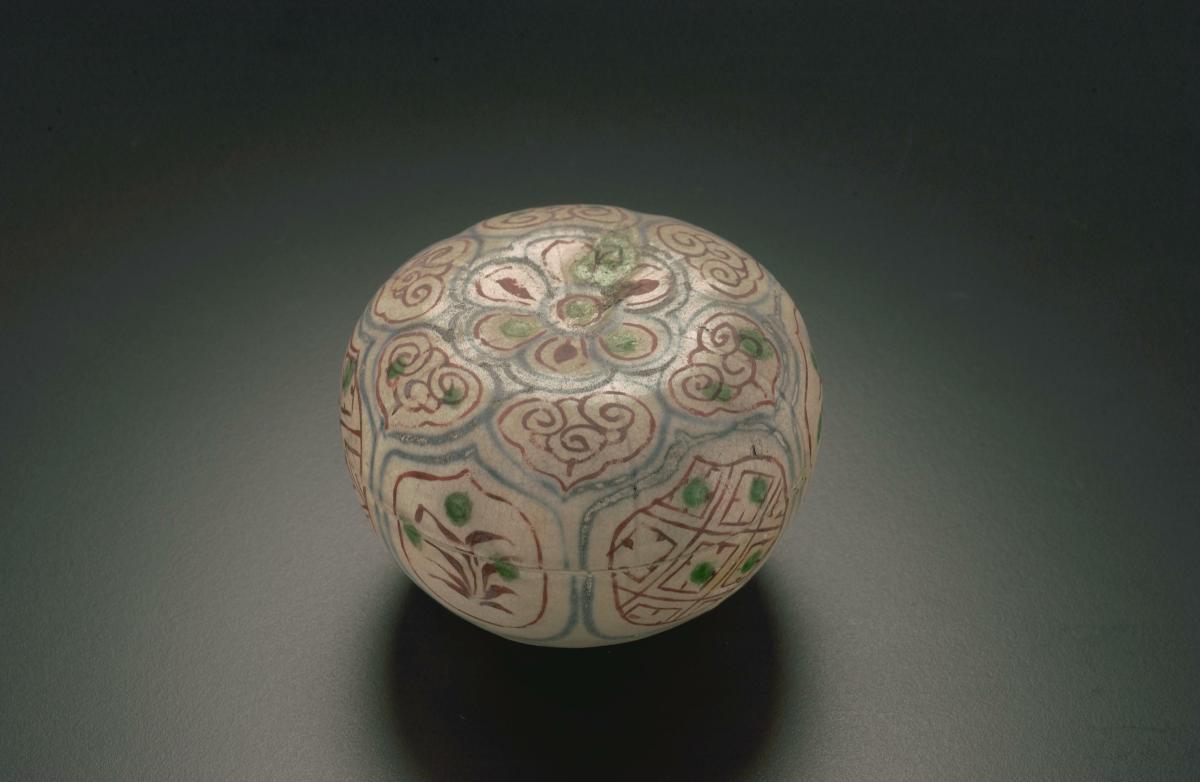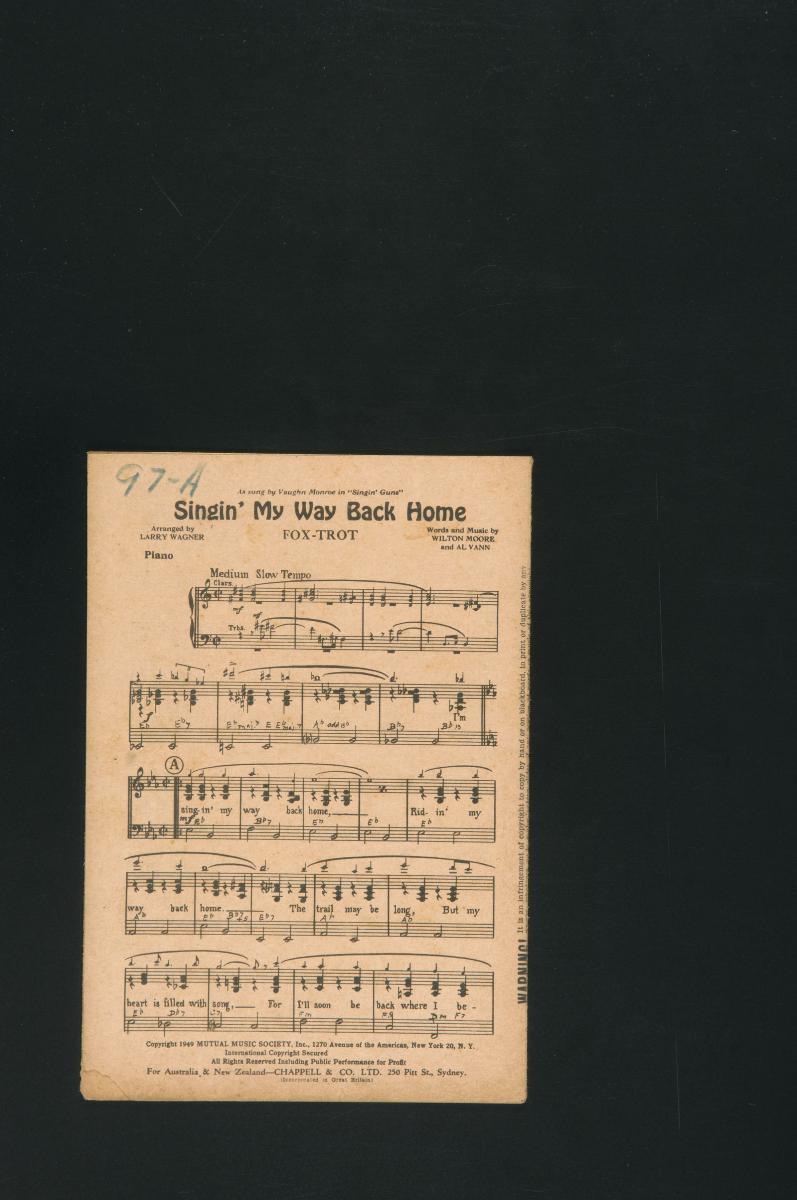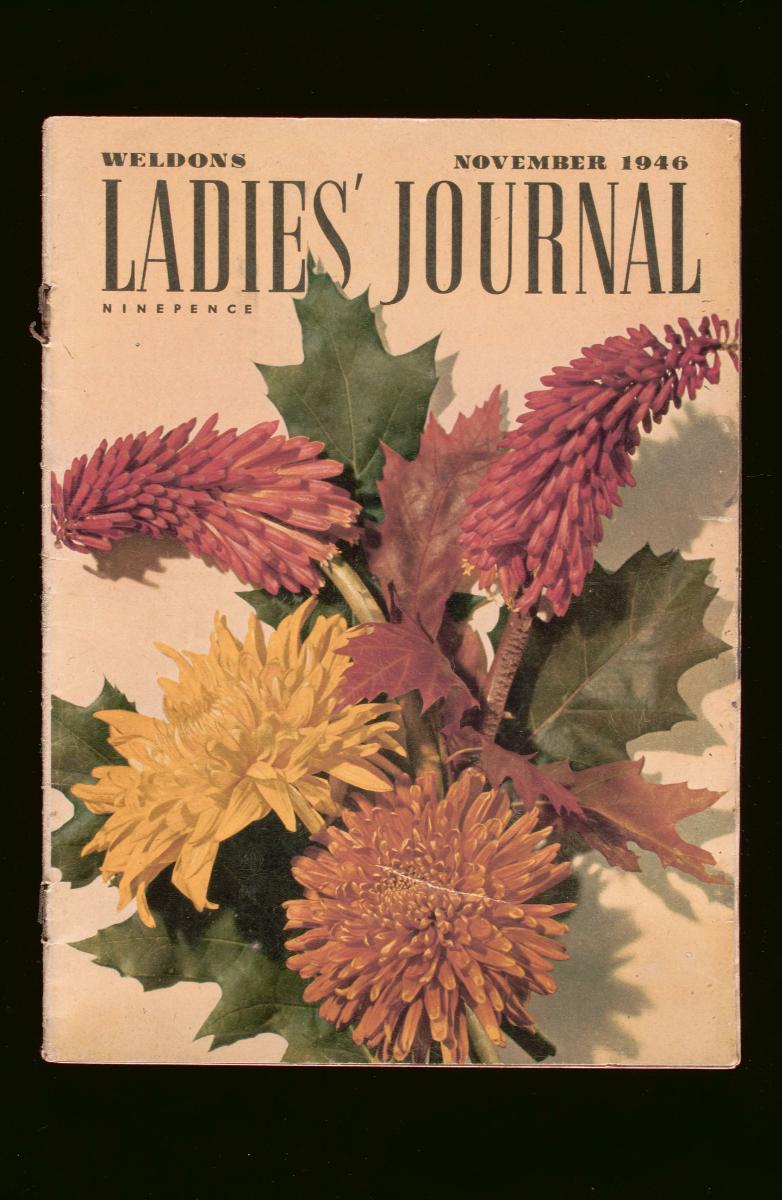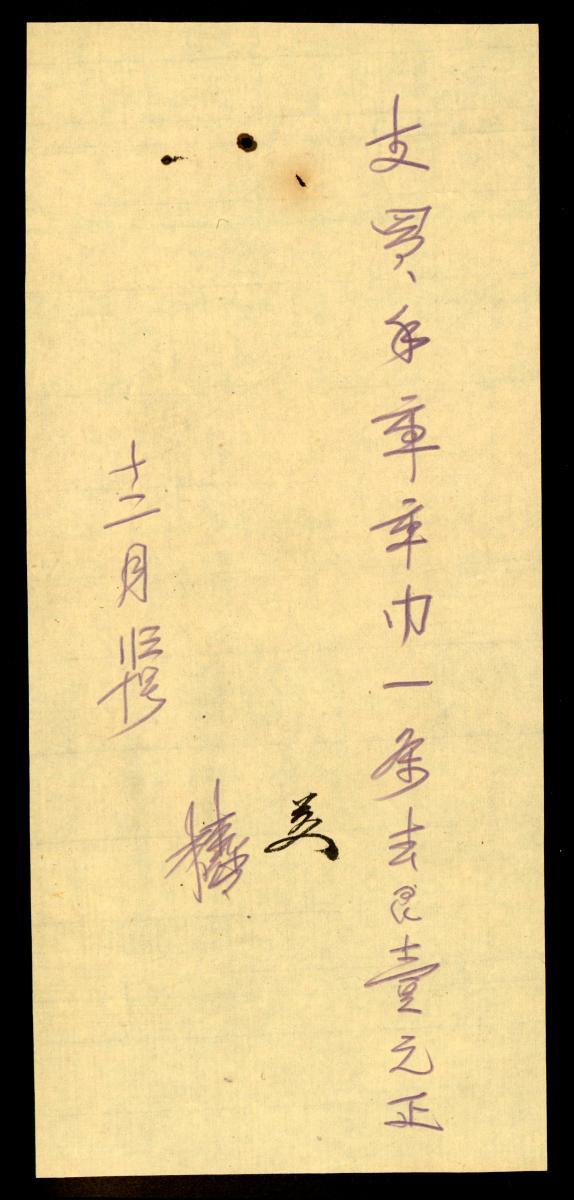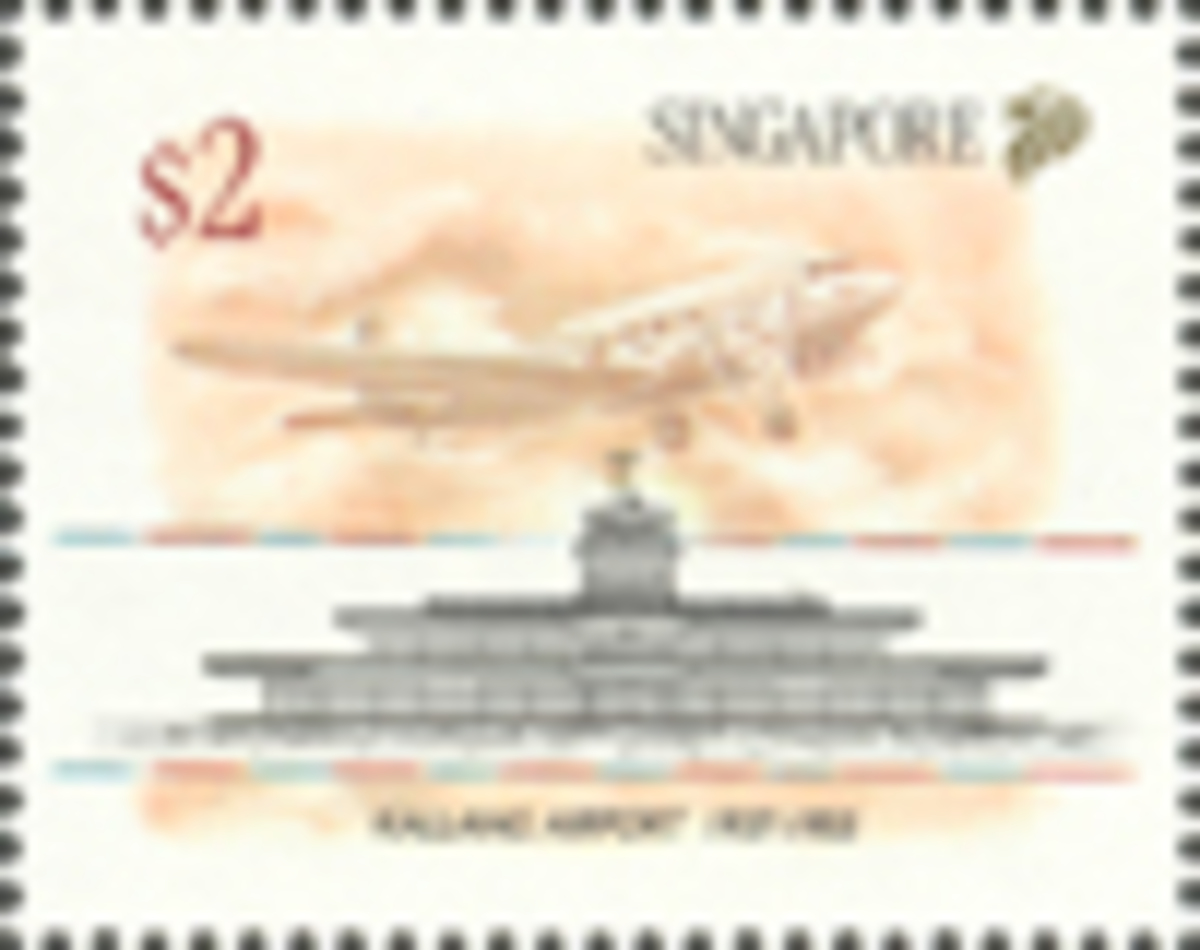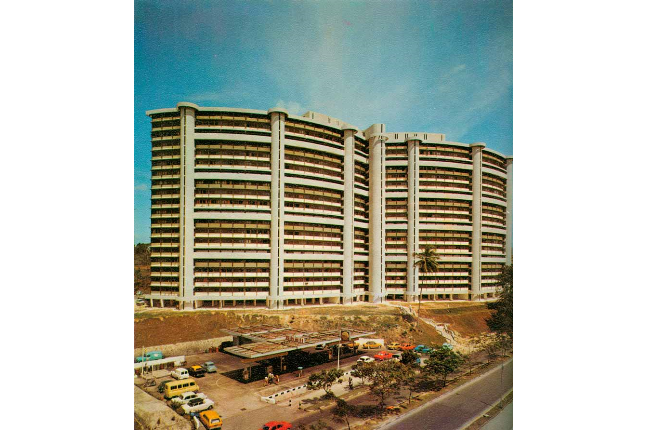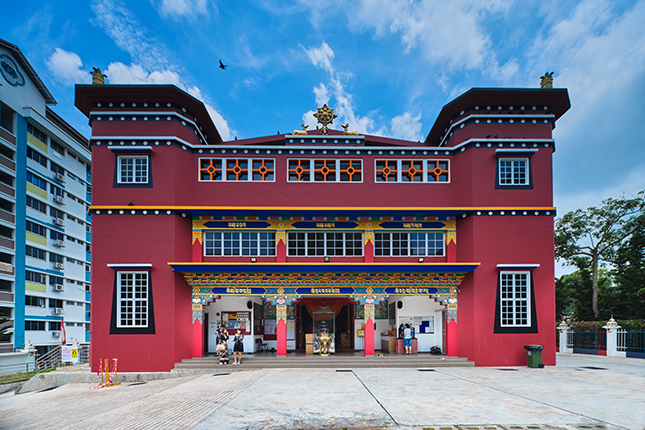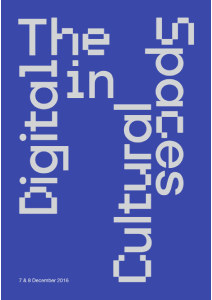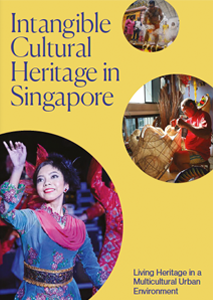This moulded box with lid is outlined in underglaze cobalt blue and painted with overglaze red and green enamels. It is hand-painted with patterns of flower and 'ruyi' motifs on the lid while alternating panels of diaper and vegetal sprays decorate the body. Ruyi, literally means 'having everything you wish for'. This form resembles a cloud or leaf and can be seen on the head of a sceptre, a ceremonial object which was also presented as a birthday gift in China. It is also often used as a decorative motif in Chinese ceramics.Although heavily influenced by the Chinese ceramic tradition, Vietnam materials and potting styles are unique. Technically not ‘porcelain’, which is translucent and pure white, these stonewares are different in appearance from Chinese and other Southeast Asian ceramics. Vietnamese wares are typically more heavily potted and have an off-white clay body. Cobalt oxide could have been imported from West Asia via China to produce the blue tones.Vietnam entered the international trade during the 14th century and produced the greatest volume and variety of wares for Southeast Asia, particularly Indonesia, the Philippines and Malaysia. However, by the 16th century due to intense competition from the Chinese kilns, the export of Vietnamese wares to these markets was greatly reduced.




